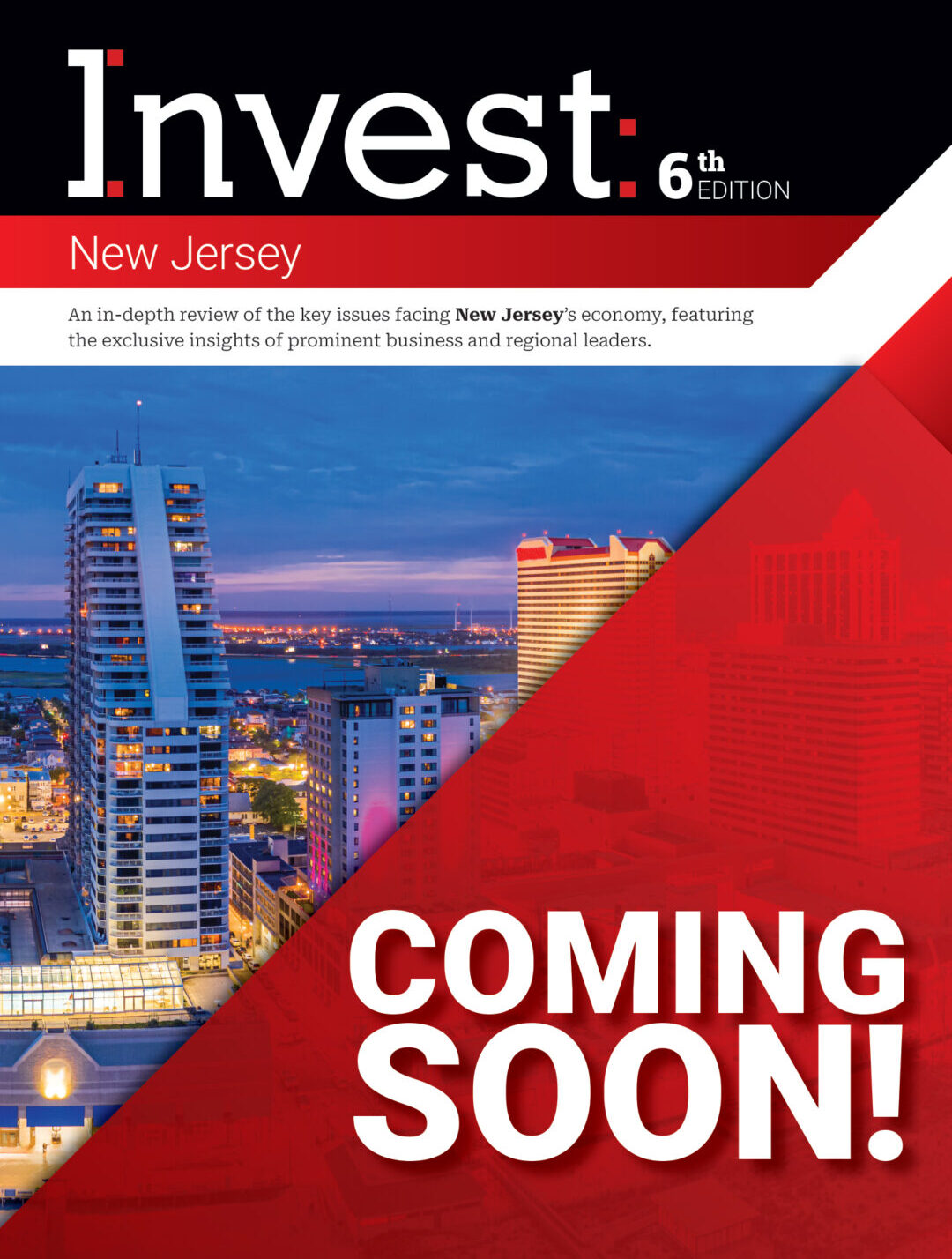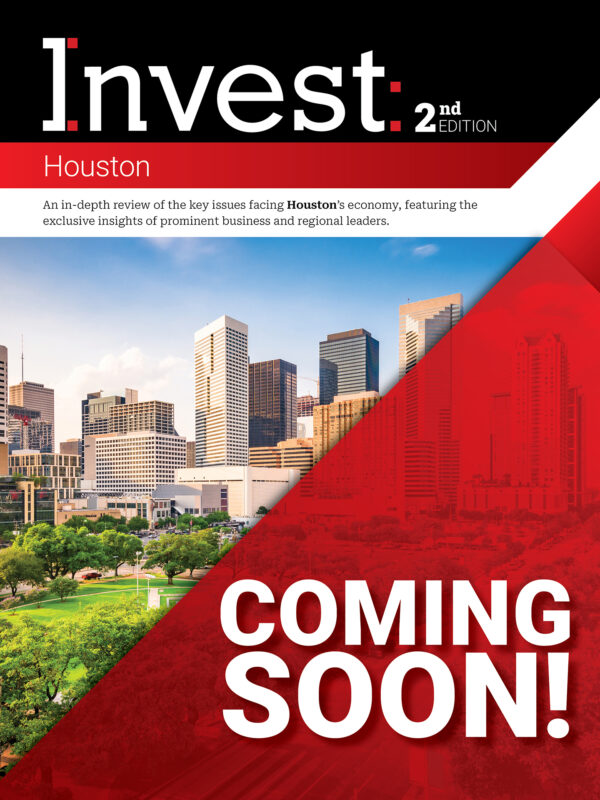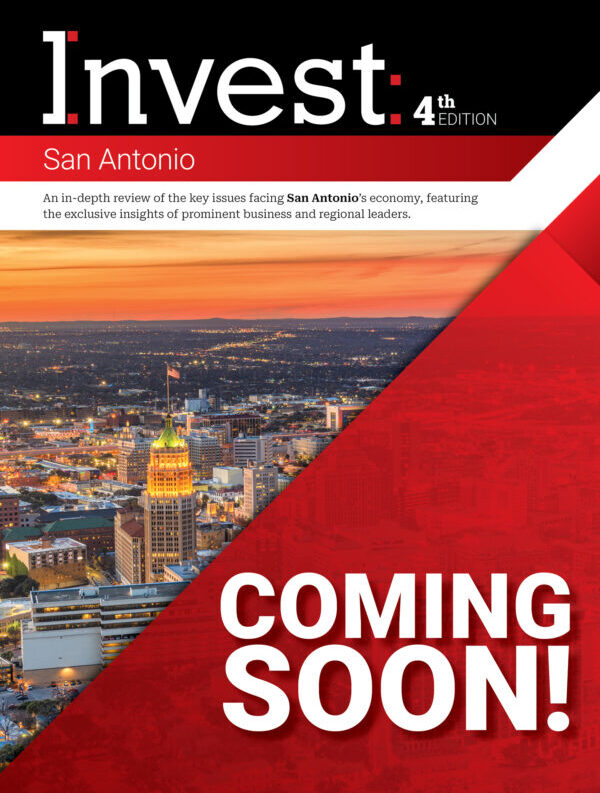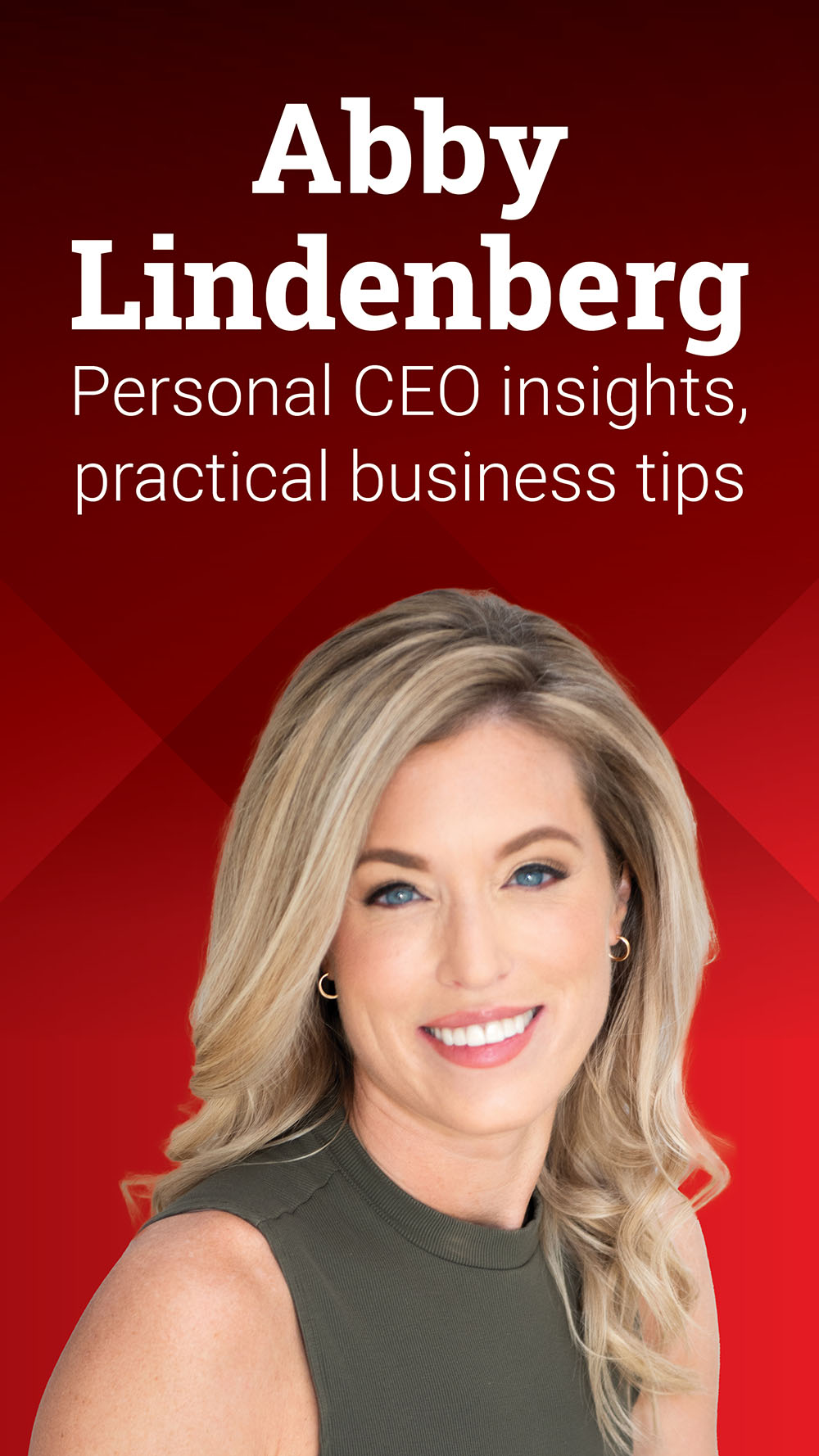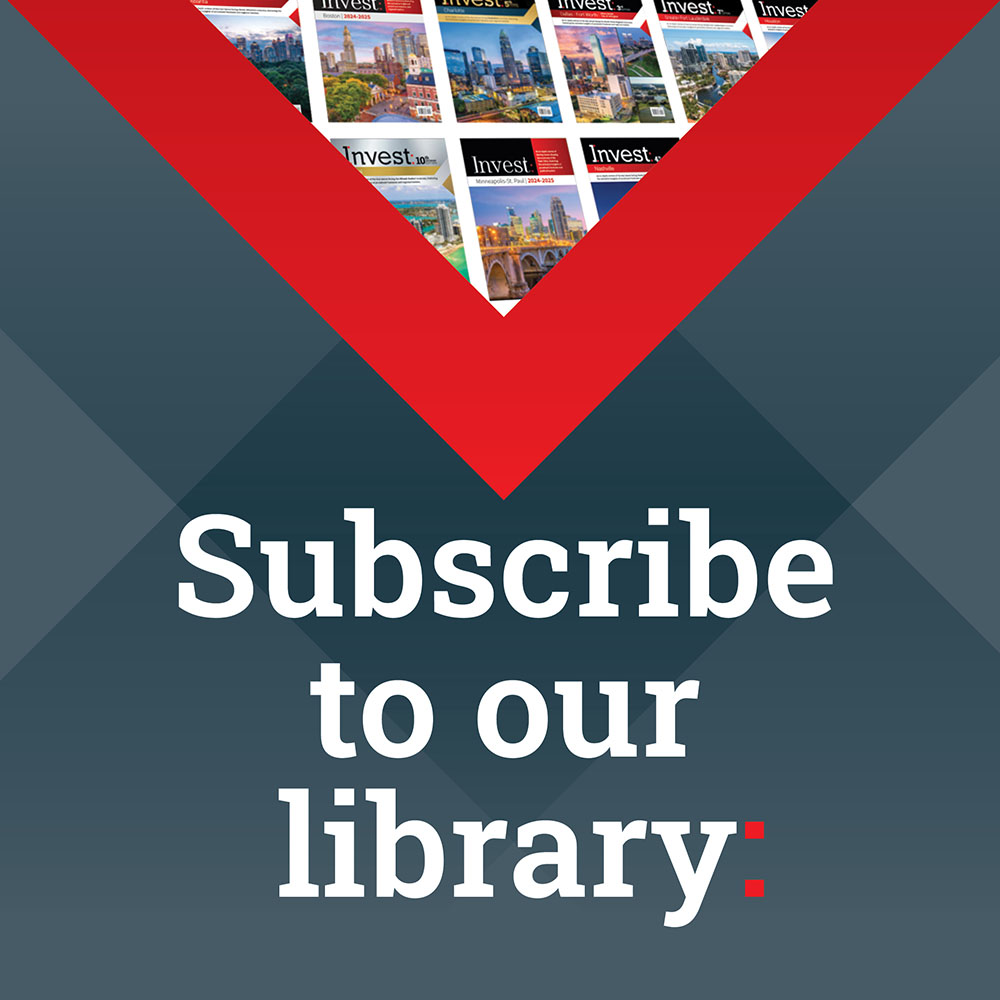Cheryl Richards, President & CEO, Catapult Employers Association
In an interview with Invest:, Cheryl Richards, president and CEO of Catapult, discussed how the organization has adapted to the evolving needs of HR professionals, recent workplace trends, the importance of job titles, AI, and visibility for the HR profession.
How has Catapult evolved to meet the changing needs of HR professionals in recent years, and what initiatives are in place to enhance member engagement?
Catapult is a professional membership association that provides over 2,000 small to medium-sized businesses with expert HR advice, resources, and training. We provide employers with compliance guidance, HR resources, and a network of peers. Over the last five years, the HR profession has evolved. During the pandemic, many HR managers were thrust into navigating complex local, state, and federal guidelines, dealing with high turnover and layoffs. Oftentimes, HR professionals were called upon to make critical decisions in real-time as business dynamics changed.
Catapult has been a vital resource, handling about 20,000 calls a year from HR professionals. Since the pandemic, our priority has been to remain in service to our members by continuing to respond to their calls, chats and emails, but also by increasing opportunities for in-person gatherings and networking.
We’ve added a couple opportunities for these in-person events. Our Catapult Connections initiative helps us learn what’s happening with our member employers while we create networking opportunities for peer-to-peer interactions.
Our Executive Luncheons for the C-level shares best practices and data from our national surveys and engages them in strategic discussions about their business challenges. These meetings, held recently in Charlotte and Raleigh, showed how much members valued in-person interactions.
And our HR Leadership Conference that was recently held in Greensboro provided nationally recognized keynote speakers and breakout sessions specific to HR professionals and the C-suite to help foster connections while learning best practices across the country. These are just a few of many strategies we’re implementing to strengthen member engagement.
What workplace trends is Catapult observing, and how are HR professionals adapting to talent attraction and retention challenges?
We’re observing some interesting workplace trends. Immediately post-pandemic, the focus was on return-to-office policies, which remains a challenge for talent attraction and retention. The workforce is shrinking demographically, making talent attraction difficult. HR professionals are experiencing burnout due to the constant need to fill pipelines and retain employees.
We’ve noticed more HR professionals opting for consulting or project-based roles instead of the high-pressure, 60-80 hour work week. Catapult employes HR On Demand professionals who help employers solve organizational problems on a temporary or outsourced basis. These professionals help solve immediate problems or provide space for employers to think strategically while still tending to the business. This consultative approach helps employers focus on long-term growth while our HR On Demand professionals handle day-to-day operations.
How important are job titles in HR, and do you see companies using creative titles to attract and retain talent?
The importance of job titles can vary. Startups and tech companies often use creative titles to make roles sound more attractive. However, many of our members in manufacturing, construction, and trades prefer traditional titles because they align with industry standards. These standard titles help with benchmarking for compensation as well. For instance, using titles like Project Manager or Architect with numeric levels allows for clear comparisons in salary data and job qualifications. While creative titles can be fun, they can complicate benchmarking and compensation comparisons and employee expectations of the job function.
How is AI being used in HR, and what are the potential benefits and risks?
AI can be both an enabler and a risk in HR. It can assist with tasks like drafting communications or providing a head start on projects. However, we caution our members against using AI for writing policies or handbooks, as it can be difficult to validate the accuracy of the information. AI, like ChatGPT, learns from user inputs, similar to how Wikipedia was crowdsourced initially. This can lead to unvetted information influencing decisions. While AI can be beneficial for marketing and other areas, it poses risks if used incorrectly, especially in compliance-related tasks. We encourage employers to use AI thoughtfully and carefully.
How do people enter HR careers, and what efforts are made to raise awareness about the profession’s opportunities and challenges?
HR, unlike professions such as doctor or lawyer, is not typically a career that people are aware of or aspire to from a young age. It’s a field that individuals often find themselves in as they progress through college or their careers. Some discover a passion for HR through experiences in leadership development, talent management, culture, diversity, employee engagement, or compliance. For instance, someone might realize they enjoy advocating for employees or developing talent, leading them to a career in HR.
While HR might not have the visibility of other professions, formal tracks exist to raise awareness. For example, I serve on the HR Advisory Board for NC State, which offers both a bachelor’s and a master’s degree in HR. These programs work closely with local employers to provide opportunities and increase awareness about the HR profession’s challenges and rewards. However, these programs tend to be smaller compared to fields like engineering.
How are businesses addressing the demand for increased productivity and flexibility in the workplace?
Again, there are two sides to this story. We recently hosted an HR Leadership conference, and our keynote speaker discussed the evolving world of work. He emphasized that change is inevitable and must be embraced. Employers are demanding more productivity and output from fewer employees, as demographic shifts have reduced the available workforce.
This increased demand for productivity coincides with the need for flexibility and work-life balance, which many younger and older workers alike are requesting. While the concept of a 32-hour work week is gaining traction in Europe, it’s less prevalent in the United States. Here, businesses are exploring flexible scheduling rather than reducing hours, ensuring continuous operation while meeting employee needs for a better work-life balance.
How have you seen Charlotte grow as a metro area over the past five years, and what would you like to see in the future?
The growth in Charlotte has been sustained and remarkable. Year after year, we see statistics of about 100 to 120 people moving to the area daily. Economic opportunities, a reasonable cost of living, and a desirable climate drive this growth. People often move here from places like Detroit, seeking better opportunities and quality of life, which Charlotte and even Raleigh offer.
Looking ahead, it will be interesting to see how employers adapt to the new generations in the workforce. We’re at a tipping point where the balance of power between employees and employers is shifting. For the past few years, employees have had the upper hand with multiple job offers and the ability to demand flexibility. However, with recent layoffs in the tech and financial sectors, we might see a shift back toward employers. This could lead to a rebalancing in salary inflation and job flexibility. Employers will need to remain flexible to attract quality talent, but the era of significant wage inflation might be coming to an end.


